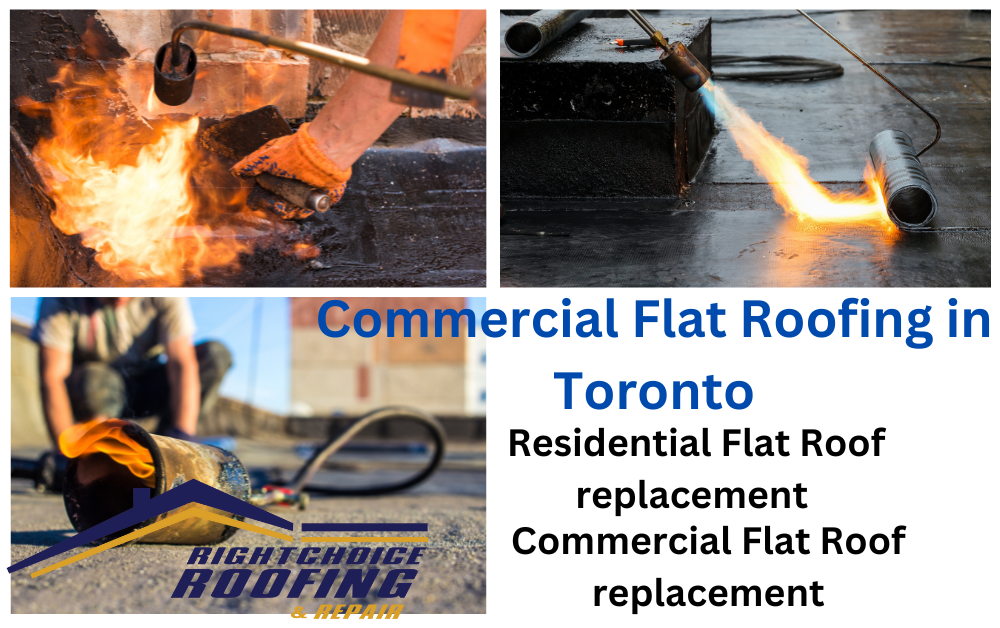Slate roofs can add a unique look to your home, making it stand out from the rest of the homes on your street.
Slate is derived from sedimentary rocks that are made of a combination of clay and volcanic ash. Various mineral compositions in the rock are what make up the natural colours and textures of the tile.

Let’s take a look at the different types of slate roofs and the advantages and disadvantages of this distinctive roofing material.
Different Types of Slate Roofs
- Standard. Standard slate roofs are uniformly laid out using carefully aligned vertical joints. The roof systems are made up of uniform 1/4” to 3/8” slate square cuts that are the same colour and texture.
- Patterned slate roofs. Slate tiles of different colours, shapes, and textures are used to create a unique pattern on the roof.
- Random width. These are similar to standard slate roofs, except for the fact that they incorporate slates of various lengths, thicknesses, and widths to create a more unique look.
- Blended slate roofs. Blended slate roofs incorporate multicoloured tiles in a random assortment.
- Graduated length slate roofs. Various lengths and widths of slate tiles are installed on a roof based on availability.
- Graduated length/thickness slate roofs. Slate tiles of different thicknesses are incorporated into this type of roofing system to create a distinctive look that makes the roof pop.
- Textural slate roofs. Rough surface textures and various tile thicknesses are installed throughout the roof to give the property an old-timey medieval cottage kind of look.
- Staggered butt slate roofs. Longer slate tiles are seemingly randomly placed over shorter tiles to give the appearance of more textural layers to the roof.
Advantages and Disadvantages of Slate Roofs
Advantages of Slate Roofs
- Lifetime investment. Slate roofs are durable, waterproof, low maintenance, non-combustible, and can last for over a century with proper care and maintenance.
- Aesthetic appeal. Slate is available in a number of textures and colour options, including black, red, purple, green, and grey that can be intermingled or used separately.
- High resale value. The durability, low maintenance, and unique aesthetic of slate tile can easily draw the attention of prospective homebuyers.
- Environmentally friendly. Slate is a naturally occurring stone. Its low maintenance and long-lasting qualities reduces the need for repairs and replacements, which results in less construction waste ending up in landfills.
Disadvantages of Slate Roofs
- More expensive than other roofing materials. Factors that drive up the cost include labour, material, grade, thickness, and quality of the tile as well as your location and the difficulty of the installation, repair, or replacement.
- Durable, yet still fragile. Slate can withstand exposure to extreme weather conditions. But once it’s damaged or worn down, it can shatter easily if it’s stepped on, which makes repairs of slate roofs difficult.
- Complicated repair and replacement. Replacing a slate tile and trying to find an exact match is like finding a needle in a haystack because of the natural unique patterns, shapes, and colours of the stone.
- It’s heavyweight. Many modern homes don’t have the structural capacity to withstand the immense weight of a slate roof. You should have a professional contractor evaluate the weight capacity of your structure before making this commitment.
Slate Roof Repair and Replacement in Toronto
Right Choice Roofing & Repair has the skills and experience to work with complicated roofing systems like slate tiles. With over 13 years of experience in the industry, friendly and courteous service, and free next-day estimates, we are the right choice for you roofing needs. Contact us to book a consultation.











